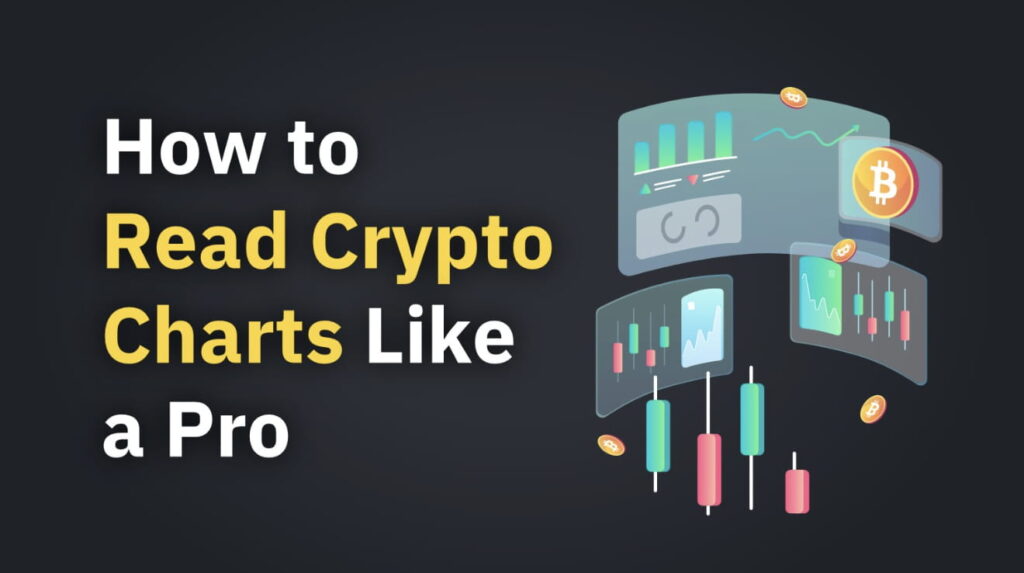Cryptocurrency charts play a crucial role in understanding the price movements and trends of various digital assets. Whether you’re a seasoned trader or a beginner, being able to analyze these charts effectively is essential for making informed decisions. In this article, we will provide a step-by-step guide to reading crypto charts, covering important indicators, chart types, and frequently asked questions to enhance your trading knowledge.
Table of Contents
Understanding Candlestick Charts
Candlestick charts are the most widely used format for analyzing cryptocurrency prices. They provide valuable insights into the price action over a specific time period. Each candlestick represents the opening, closing, high, and low prices of a cryptocurrency during that timeframe. The color of the candlestick varies, indicating whether the price closed higher (green) or lower (red) compared to the previous period.
Key Elements of Candlestick Charts
- Body: The rectangular part of the candlestick represents the price range between the opening and closing prices. A green (bullish) candlestick indicates that the closing price is higher than the opening price, while a red (bearish) candlestick indicates the opposite.
- Wick or Shadow: The lines extending above and below the body are called wicks or shadows. They represent the price’s highest and lowest points during the time period.
Essential Indicators for Crypto Chart Analysis
- Moving Averages (MA): Moving averages smooth out price data to identify trends more easily. Common types include the Simple Moving Average (SMA) and the Exponential Moving Average (EMA).
- Relative Strength Index (RSI): The RSI measures the speed and change of price movements. It ranges from 0 to 100, with readings above 70 indicating overbought conditions and below 30 suggesting oversold conditions.
- Bollinger Bands: These bands consist of a moving average and two standard deviations, representing price volatility. When the bands contract, it indicates lower volatility, while expansion suggests higher volatility.
Different Types of Crypto Charts
- Line Charts: Simplest form, showing only the closing prices over a specific period, suitable for a quick overview.
- Bar Charts: Present the high, low, opening, and closing prices for each period, providing more comprehensive information than line charts.
- Candlestick Charts: As mentioned earlier, these charts offer a more visually appealing representation of price action.
FAQs on Reading Crypto Charts
How can I identify trend reversals on a crypto chart?
Trend reversals often occur when a long-standing trend starts to weaken, and a new trend begins. Look for signs like changing patterns, increased volatility, or divergences between prices and indicators.
How do I determine support and resistance levels?
Support levels are price points where the asset historically has had difficulty falling below, while resistance levels are price points where the asset has had trouble rising above. Identify these levels using historical price data and drawing trendlines.
What are chart patterns, and how do they impact crypto trading?
Chart patterns, such as head and shoulders, double tops, and flags, can provide insights into potential price movements. Traders often use them to identify entry and exit points for their positions.

Conclusion
Being able to interpret crypto charts is a fundamental skill for any cryptocurrency trader or investor. By understanding candlestick charts, key indicators, and chart patterns, you can make more informed decisions and improve your trading strategies. Remember that chart analysis is not foolproof, and combining it with other forms of analysis will further enhance your trading acumen. Continuously learn and practice to refine your chart reading skills, and always manage your risk appropriately when engaging in cryptocurrency trading. Happy charting!

















